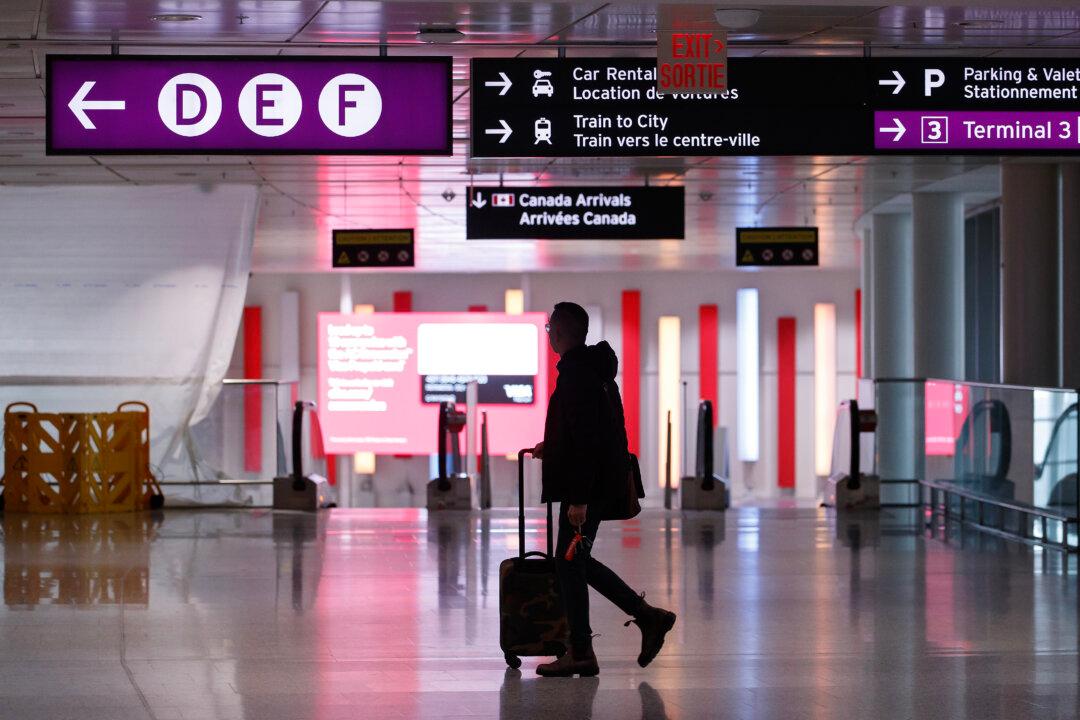The increase in drug-related deaths over the past two decades show that drug decriminalization and harm reduction have had adverse results and led to more dire consequences, says a California-based author and journalist who once advocated for both.
Between 1996 and 2000, Michael Shellenberger supported harm reduction policies and fought for the treatment of drug addiction as a public health problem rather than a criminal justice issue, and for housing to be given to the homeless regardless of their personal struggles with drugs.





